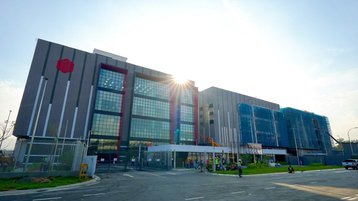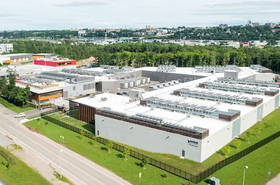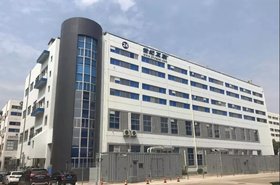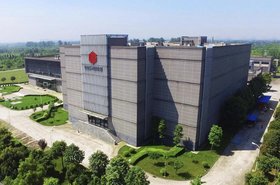Chinese data center operator GDS Holdings saw its net revenue reach $345.3 million in the third quarter of 2023.
Announcing its Q3 financial results this week, the company saw a net revenue increase of 6.4 percent year-over-year (YoY).
Net loss for the company was $57.7m, while adjusted EBITDA increased by 5.6 percent YoY to $154.4m.
The total area in service at the end of the quarter was 554,210 sqm (5.96 million sq ft), an 8.6 percent YoY increase. This was the result of 23,000 sqm (247,570 sq ft) of new capacity coming into service, including the first phase of the LF13 data center and the NTP data center in Johor, Malaysia.
According to the company, Q4 is expected to see another 20,000 sqm (215280 sq ft) brought into service, half in China and the other half internationally.
The company increased its total committed and pre-committed space by 16,070 sqm (173,000 sq ft) during the quarter, bringing the year's total up to 653,730 sqm (7,036,715 sq ft).
The utilization rate for area in service was 71.9 percent, a small increase from the previous year's 70.5 percent.
GDS had 189,585 sqm (2.04 million sq ft) under construction in Q3. Projects under this include the LF16 data center in the Xianghe District of Langfang, located next to the company's LF15 facility.
“In the third quarter of 2023, we made steady progress across our strategic business objectives,” said William Huang, GDS chairman and CEO. “In China, we won new business based on firm move-in schedules and we continued to accelerate backlog delivery. In South East Asia, our first data center came into service and the anchor customer started to move in."
According to the earnings call transcript, this translated to 54MW of new customer commitments in China.
Huang added: "Market demand in China has not yet picked up noticeably as large customers still have inventory to absorb. The data center market will recover when this is a broader basis recovery in the digital economy. We believe that the AI demand wave is coming. However, it will take more time for customers to further develop their models and applications, adapted to new regulations, and solve the chip supply issue."
Huang goes on to speculate that the chip supply issue will likely take 12 to 18 months to resolve, and for China to see the AI boost in demand.







